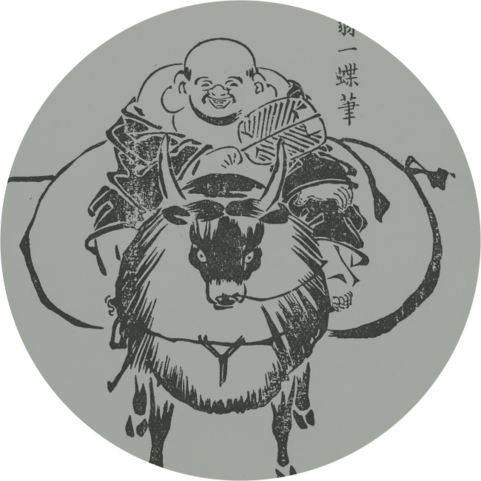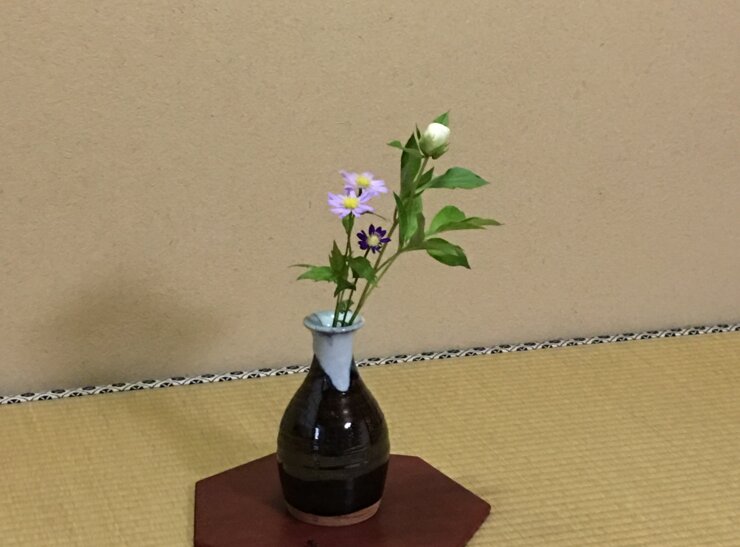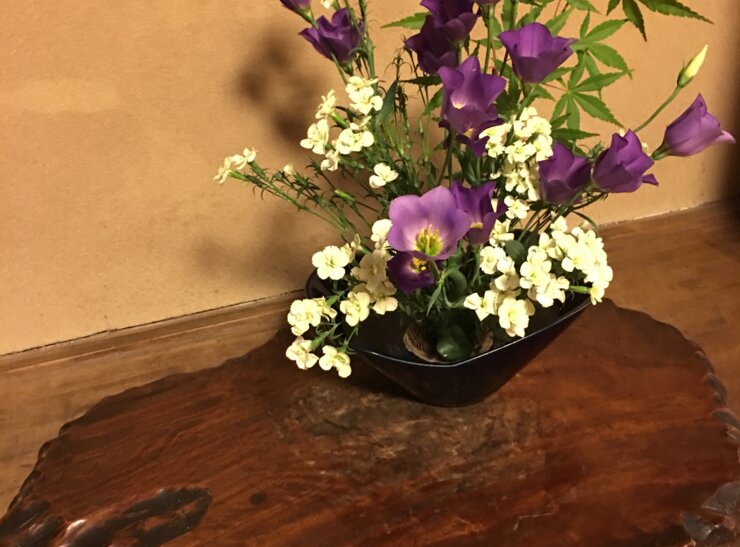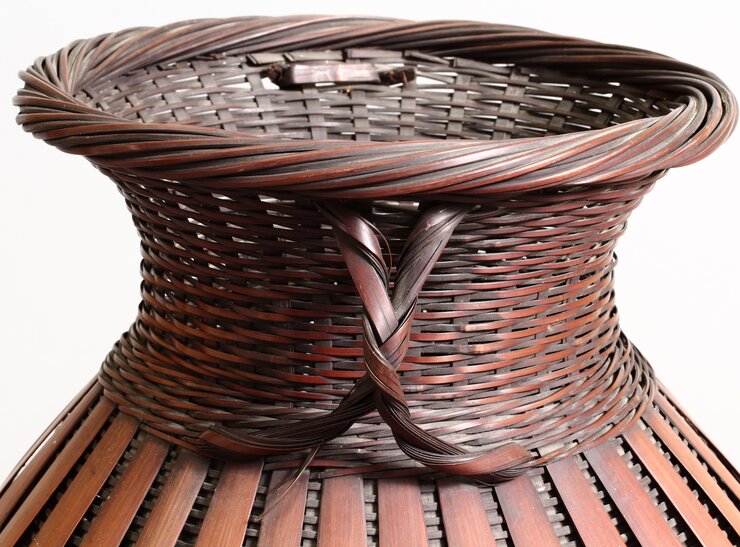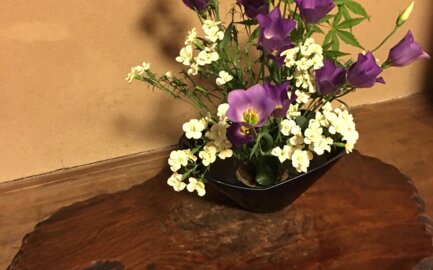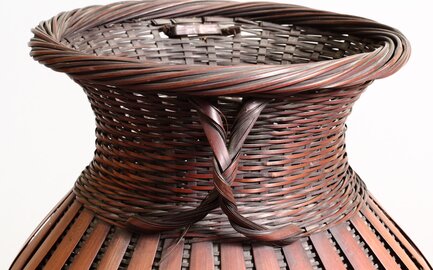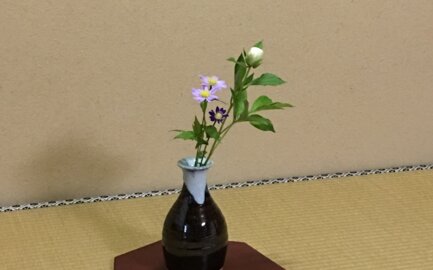Ikebana | Bonsai
Ikebana is the Japanese art of arranging flowers (Ikebana literally means arrangement of living material in water).
The origins of Ikebana can be found in the 6th century. According to legend, Buddhist monks had collected flowers and twigs bent by the storm in order to arrange them on the altar in vessels, to honour them and to give them a little more life.
More than just decoration that goes beyond beautiful arrangements. In addition to the flowers, foliage, stems and roots are also included as equals and a harmony of linear structure, rhythm and colour is always strived for.
In the 15th century Ikebana was further developed into an art form of its own, which, however, finds a different interpretation depending on the school and is subject to strict rules.
The offered baskets, vases, small tables and coasters are acquired in the Japanese art trade. Especially with the baskets we attach great importance to the state of preservation as well as to the aesthetics and the expression of these. Some of the baskets are signed, unfortunately the corresponding name is usually missing.
The small tables are not only used for the presentation of Bonsai, also for Ikebana or special objects these are applicable. The date of origin is at least 50 years ago. The use of mainly heavy tropical woods such as palisander, rosewood, ... was still common at that time. Today this would be unthinkable and forbidden.
In the 15th century Ikebana was further developed into an art form of its own, which, however, finds a different interpretation depending on the school and is subject to strict rules.
The offered baskets, vases, small tables and coasters are acquired in the Japanese art trade. Especially with the baskets we attach great importance to the state of preservation as well as to the aesthetics and the expression of these. Some of the baskets are signed, unfortunately the corresponding name is usually missing.
The small tables are not only used for the presentation of Bonsai, also for Ikebana or special objects these are applicable. The date of origin is at least 50 years ago. The use of mainly heavy tropical woods such as palisander, rosewood, ... was still common at that time. Today this would be unthinkable and forbidden.
